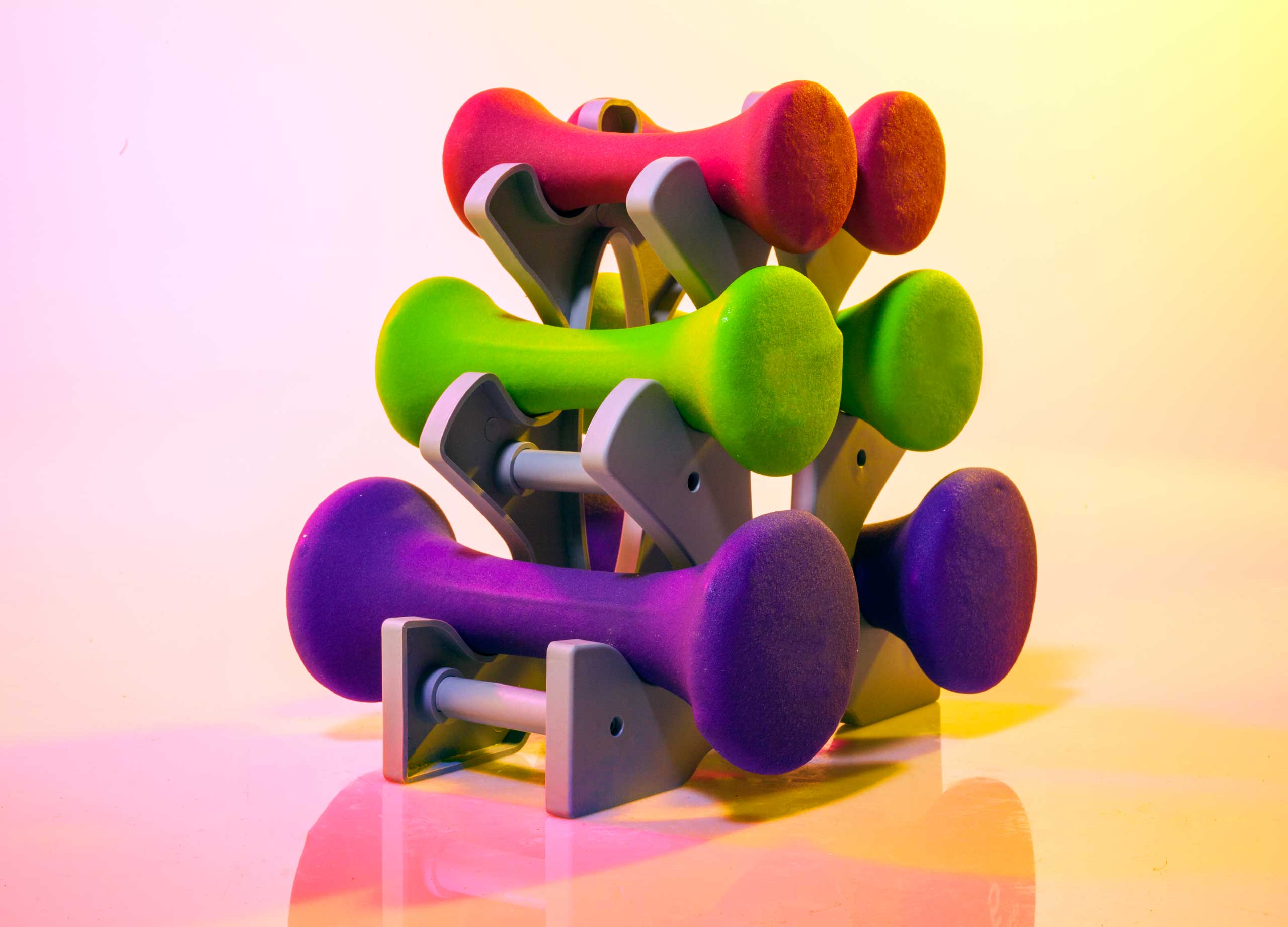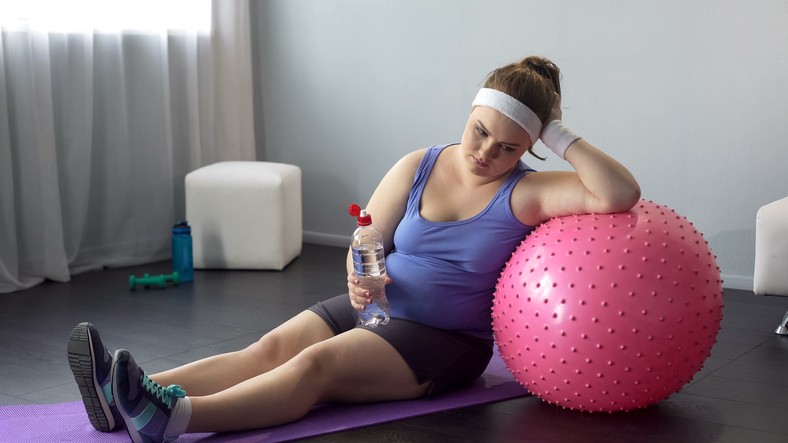
There are many reasons that you need to get rid of fat cells. This article will explain these reasons, as well the signs of hematuria or kidney disease, and stone symptoms. The underlying causes of the phenomenon of peeing from fat cells will be discussed. Finally, we will discuss how to recognize hematuria in those who have it. If your urine becomes cloudy or contains white or yellow slime, it could be hematuria.
You may need to eat fat cells because of dietary reasons
You might be interested in the dietary reasons behind excreting fat cells. The kidneys are responsible for excreting fat cell waste. These organs filter blood and remove waste before it damages organs. Fat breakdown is a chemical process that releases hydrogen, oxygen, carbon, and other chemicals. The body loses water through urine. Therefore, a steady flow of fluids may indicate that you should drink more.

The signs of kidney disease
If you notice protein in your urine, it may be the first sign of kidney disease. This could be due to a malfunctioning filtering mechanism. The blood and protein may clump together, leading to strokes or heart attacks. To check for protein in your urine, you need to first have it tested. If you notice this condition, you should see a nephrologist.
Kidney stones signs
If you're peeing out fatty matter, it's possible that you have kidney stones. The pain that these stones cause is usually intense but can sometimes be mild. Early diagnosis is key as treatment can help to prevent the stones becoming more severe and causing further pain. A physician may order an intravenous pyelogram, which is a series of x-rays taken through a catheter after an injection of contrast dye into the urethra. The images help doctors see any obstructions or tumors, as well as check the blood flow to the kidney.
Hematuria: Signs
A patient experiencing blood in their urine (hematuria) should see a doctor for further evaluation. Generally, this condition is caused by leakage of red blood cells from the urinary tract. This condition could indicate a medical problem that has not been diagnosed or treated. You can easily detect this condition by a urine test, or even a doctor's appointment. Frequent urination could disrupt someone's daily life, sleep, work, or hobbies. It can also negatively affect one's mood.

Cancer signs
The lower abdomen's hollow bladder organ is called the bladder. Any fat cells found within it can often be a sign that you have cancer. The lining is made from tissue called lamina propriu. This tissue is called lamina propria. Cancerous cells may invade the lining and grow into the muscle layer. Muscle-invasive tumors are those that appear at T2 or higher. They spread to the fat around the bladder at T3 or higher. It can spread to other parts.
FAQ
Are there side effects to intermittent fasting
There are no known negative side effects of intermittent fasting. You might have minor problems if your plan is not well thought out.
You might feel irritable if you skip breakfast. It is possible to experience headaches and muscle cramps.
These symptoms typically disappear in a matter of days.
What should you eat while intermittent fasting?
Cut out carbs to lose weight. This means avoiding bread, pasta, rice and potatoes as well as other carbohydrate-based foods.
You'll also want to avoid eating too much protein because it keeps you full longer. You won't feel as hungry.
Focus instead on healthy fats such as avocado, olive oil, nuts, seeds, and peanut butter. These foods are satisfying and will keep your hunger at bay for hours.
It's important to make sure you're drinking plenty of water, too. Water is important for your body's ability to stay hydrated and helps you burn more fat.
This could be because you find you really crave these foods when fasting. However, you don't have the right to succumb to these cravings. You might gain more weight if you do.
Try to limit how many calories you eat each day. This will help prevent you from overeating. Drink a glass water whenever you feel hungry.
It might sound counterintuitive at first, but it has been shown that this can help you slim down. In a study published by Obesity, it was found that people consumed less calories if they drank plain water instead of sugary drinks.
In addition, drinking plain water helped reduce feelings of hunger. Don't drink sweetened beverages if your goal is to lose weight. Stick to water.
It doesn't take much to lose weight. Instead, make small lifestyle changes.
For example, you can start by swapping your usual breakfast sandwich for a bowl of oatmeal. Consider swapping out your afternoon cookie in favor of a piece if fruit.
These simple swaps will add up over time and help you shed pounds without spending hours in the kitchen.
What can I have in the morning when I'm intermittently fasting?
Water should be consumed first thing in the AM. This helps you feel fuller quicker and gives you energy for the rest of your day. To add some flavor, you can add lemon juice to the mix or cucumber slices.
What Amount Of Exercise Is Needed For Weight Loss?
There are many factors that influence the amount of exercise required to lose weight. These include your gender, age, body type and how heavy you are. Most people need to exercise at least 30 minutes five days a weeks.
The American College of Sports Medicine recommends that you do 150 minutes of moderate intensity aerobic activity per week. This should be spread over three days.
For example, if your goal is to lose 10lbs, aim for 300 minutes of moderately intense exercise per week. This includes activities like jogging or running, swimming laps and biking.
For those just starting out, you might consider 20 minutes of vigorous activity every other week. It could be sprinting, lifting weights, jumping rope or fast walking.
Aerobic exercise helps to build muscle mass and burn calories. Muscle burns more calories than fat does. You may be able to achieve your goal quicker by building muscle and losing fat.
What is the best exercise for busy individuals?
Exercise at home is the best method to stay fit. You don't have to join a gym or go to a fitness center to stay fit. You can do simple exercises at-home without having to purchase expensive equipment.
All you need is a pair dumbbells, mat, chair, and a timer.
You must be consistent with your training. You may lose motivation if you skip a few days.
Three times per week is a good way to begin. This could include push-ups/pullups/squats/lunges, pushups/pullups, dips/curls, and so on.
Once you are proficient in these movements, you will be able to do other types of exercise, such as running, jumping, skipping and yoga, pilates, dancing, swimming, weight training and tennis.
Remember to pick the program that best suits your lifestyle when choosing an exercise program. You might avoid exercising if your work hours are long.
If you are a night owl you should exercise during the evening instead of in the early morning.
Listen to your body, and don't stop when you feel tired.
Statistics
- According to a study sponsored by the American Council on Exercise, a person weighing around 140 pounds (64 kg) would burn 108 calories at a 30-minute beginner's Pilates class or 168 calories at an advanced class of the same duration (26). (healthline.com)
- According to Harvard Health, it's estimated that a 155-pound (70-kg) person burns roughly 112 calories per 30 minutes of weight training (5). (healthline.com)
- One 6-month study showed that simply doing 11 minutes of strength-based exercises 3 times per week resulted in a 7.4% increase in metabolic rate, on average. (healthline.com)
- Another study found that 24 weeks of weight training led to a 9% increase in metabolic rate among men, which equated to burning approximately 140 more calories per day. (healthline.com)
External Links
How To
How to Intermittent Fasting
Intermittent fasting refers to a diet where you only eat one day per semaine, typically Monday through Friday. The goal is to decrease your overall calories and still get adequate nutrition. It is believed that this will help you burn fat quicker than if the meals are regular for the whole week.
The most popular form of IF is to limit calories to certain days. This would be a way to skip breakfast and eat whatever you want throughout the day. You could choose to eat three small meals per day rather than two big ones.
There are many different forms of intermittent fasting, including alternate day fasting, 5/2 fasts, 8/4 fasts, 16/8 fasts, etc. Each form of intermittent fasting comes with its own pros and cons. Alternate day fasting, which doesn't require you to change your lifestyle, is the best way to get started. However, some people find it difficult to stick to a strict schedule like this, so they might prefer to try other methods first.
Alternate-day fasting is a good option if you are looking to begin an intermittent fasting program. This will allow you gradually to transition into more extreme fasting habits without changing your lifestyle.